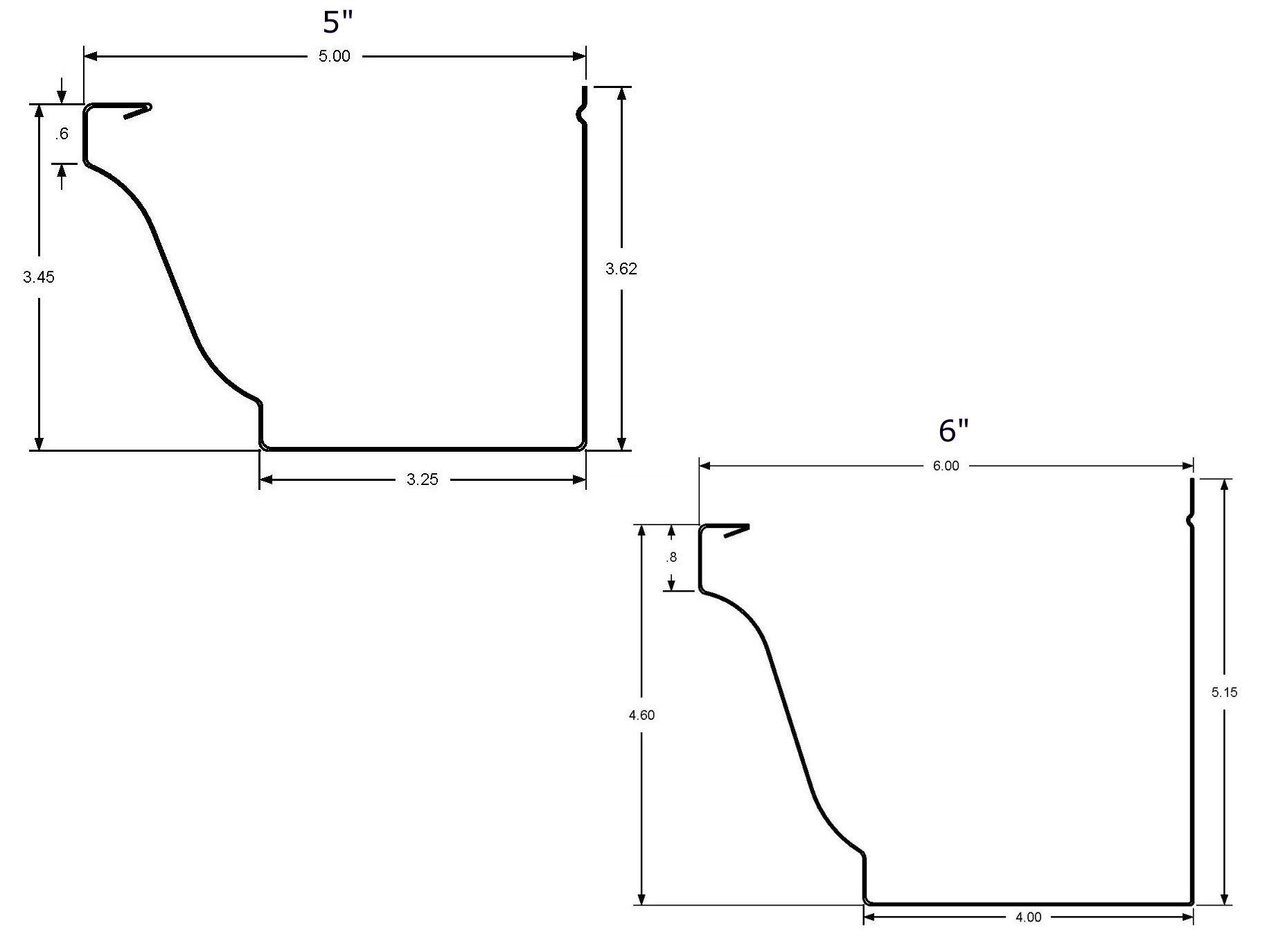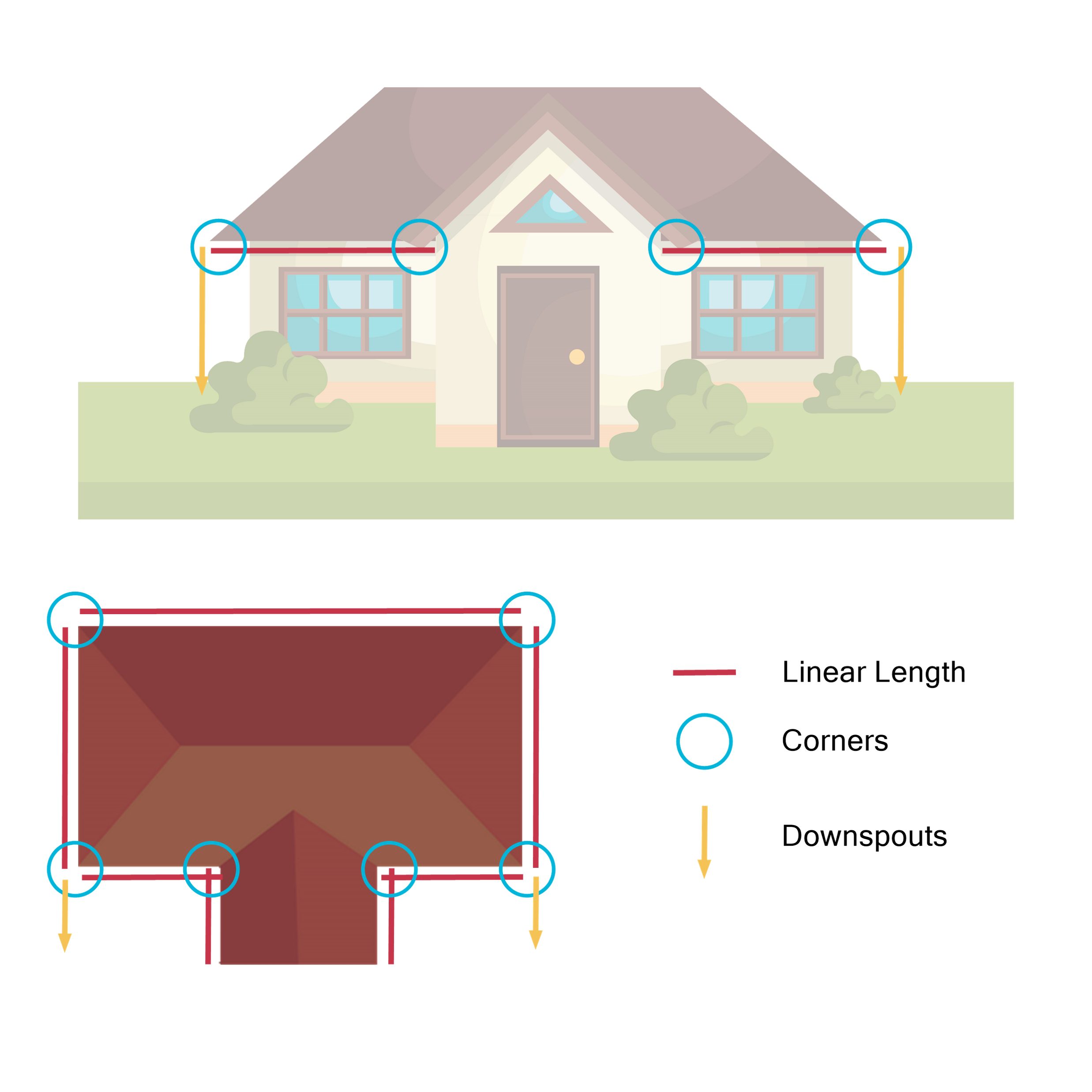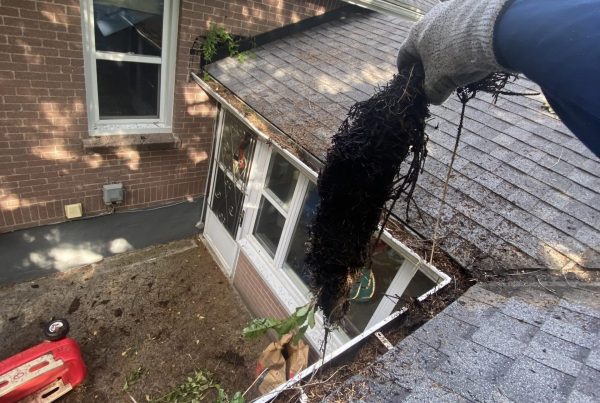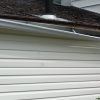The price of eavestrough installation depends on the materials you choose, current labour costs for professional installation, and the size and configuration of your home. Access to the building is also a factor when determining labour costs and the removal and disposal of existing materials.
Only Eavestroughs’ specialty is aluminum gutters. You can choose copper gutters, but they are significantly more expensive. Their major benefits are for homes near salt water or those with a cedar shakes roof installation. Don’t waste your time on vinyl gutters. They won’t look as nice and will not last.
How to Calculate the Price of Eavestrough Installation
Only Eavestroughs is happy to provide an online calculator. Please note, this calculator is for convenience only. It calculates a very rough estimate of what you can expect to pay based on averages only. It may be too high or too low depending on actual circumstances and any extras you choose to add to your eavestrough system.
To use the calculator, you need to gather a bit of information about the size and features of your home and make a few basic decisions:
5-inch or 6-inch Gutters
Your first decision to make if you wish to use our Gutter Cost Calculator to determine the price of eavestrough installation is 5-inch or 6-inch aluminum. To determine which is best for your home, you need to consider things like the size of your home, what your roof looks like, and how much rainfall you receive.

Gutter Length
The price of eavestrough installation is usually quoted by linear footage. You will hear estimates like $20 per linear foot or $15 per linear foot. These are based on the average cost after considering all factors and costs to install gutters.
You need to calculate the total linear footage of all the horizontal sections of your roofline where you want to install gutters. A neat trick we can suggest is looking at your home from the aerial view of Google Earth.
Downspouts
The downspouts are an important part of your gutter system. While the eavestroughs collect the water draining from your roof, it is the downspout that carries it away from your home to prevent water damage. Careful placement is necessary to ensure your system does what you need it to do.
For your rough estimate calculations, we recommend installing downspouts every 40 feet. Gutters should collect water from the tallest point of your home. If you have more than a one-story home, you need downspouts on each level to help guide the flow of water from the top to the bottom.
Corners
We include standard corners in your estimate. But if you prefer custom, hand-cut mitered corners, they will add to your estimate. These have only one seam in the corner, creating a tighter fit. They do not have the additional corner piece visible on the outside of the eavestrough.
Hand mitered gutter corners are a matter of preference. If you wish to obtain that look, you will need to count the total number of corners where the roof slopes at a different angle or pitch.

Extras
A popular add-on is leaf guards. You can significantly reduce time and effort (and money) spent on gutter cleaning by installing these at the time a full replacement of your eavestrough system. Another factor that can change the price of eavestrough installation is what’s involved to remove and dispose of your existing system.
Gutter Cost Calculator
$ 0

- All prices are approximate and may be subject to change without notice.
- We do not consider this Online Cost Calculator a formal estimate.
- Additional fee for tear-off of existing gutters may apply.
Remember, this Cost Calculator provides an average estimation only.
There is no one size fits all for professional eavestrough installation. It is always best to schedule a free inspection for an exact estimate. We can properly assess your property, discuss options, and negotiate pricing based on unique factors to the project.














Recent Comments